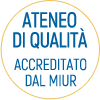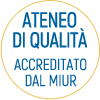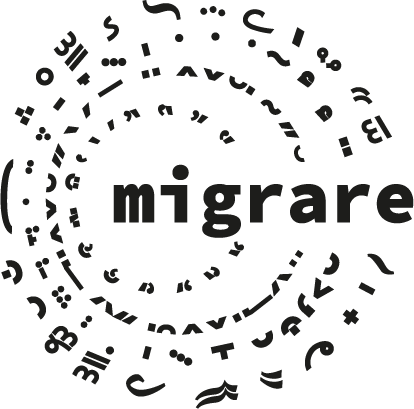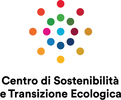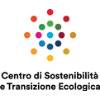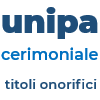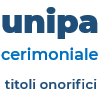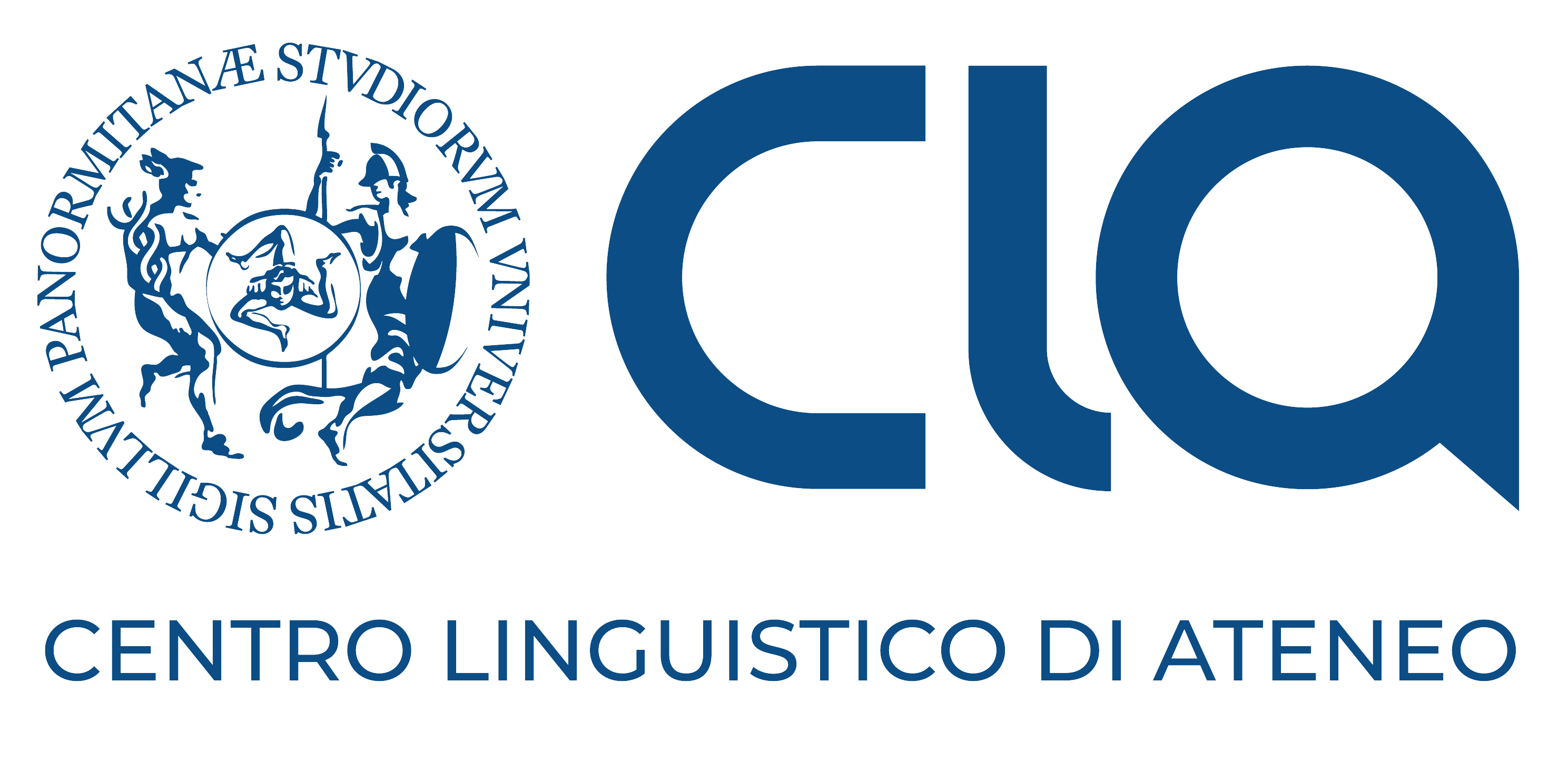Introduction
The research activties of the two-year project MetaBioMec are organised in four work packages.
Work Packages:
WP1: Nano/Micro-Poro-mechanics and microstructure characterisation 1.1 Esem and multiphoton microspcopy 1.2 AFM indentation 1.3 Micro permeability micro-PIV
WP2: Macro-poro-mechanics characterisation & 3D Imaging 2.1 Macro-mechanical experimental instruments 2.2 Building a macro-fluidics set-up 2.3 Micro-CT scanning
WP3: Theoretical and computational material modelling 3.1 3D fractional poro-visco-elasticity (isotropic material and small deform) 3.2 3D fractional poro-visco-elasticty (anisotropic and large deform) 3.3 Implementation of the model in Abaqus user subroutines
WP4: Finite element simulation and validation 4.1 Building a biomechanical model of the knee 4.2 Mechanical tests on cadaveric knee joints and DIC 4.3 FE model validation (comparison between Abaqus model and DIC results) |
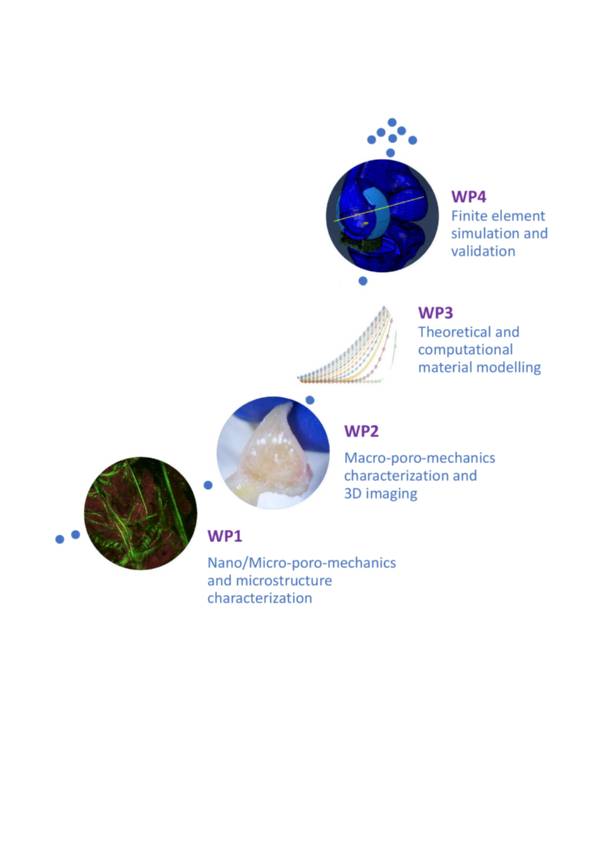 |
(a) Microstructure and morphology characterization at micro and macro scale. 15 medial and 15 lateral healthy menisci have been bought from the “lifelong” tissue bank by the “The Rizzoli Orthopaedics Institute (ROI)” which is a partner of the host institution. At the microscale, multiphoton and environmental scanning electron microscopy will be used in order to obtain detailed two and threedimensional optical sectioning of the meniscal tissue. At the macroscale, 3D reconstruction of the whole meniscus will be obtained by performing microCT scans using the instruments and the expertise available at the host institution. In order to achieve this task Dr Barrera will be trained and guided by experts working in the microscopy and bioimaging lab at the host institution.
(b) Nano mechanics and micro permeability tests: test. Nanomechanics tests using Atomic Force Microscopy indentation will be performed by using instruments available at the host institution in order to obtain quantitative estimates of nanomechanical material parameters of the meniscal tissue. Permeability tests at the micro level will be carried out by using the microPIV instrument in Prof. Zingales’ lab.
(c) In vitro macro-mechanics tests. Building up from the preliminary experimental tests performed in Prof. Zingales’ lab, Dr Barrera will carry out uniaxial and biaxial tests of medial and lateral meniscal tissue immersed in synovial fluid by using the experimental set up already available. The synovial fluid will be collected during prosthetic knee intervention at the ROI. Pure torsion tests will be performed by Dr Barrera by using a torsion rig available at the host institution in order to characterize the shear moduli of the meniscal tissue. These tests have not been done so far. In order to characterize the anisotropic poro-visco-elastic behaviour it is essential to recover the permeability tensor by performing permeability tests. Considering that the meniscal tissue can be represented by a transversely isotropic material, it is essential to create an experimental set up in which the fluid flow follows both the axial and transversal directions. Dr Barrera will build a permeability cell which will allow the assessment of the permeability in the isotropy planes and normal to the isotropy planes in a single sample when the samples are appropriately oriented. The test is fully hydro-mechanically coupled; therefore, no analytical solution exists.
(d) Anisotropic 3D fractional poro-visco-elastic model. We would like to develop a 3D transverse isotropic poro-visco-elastic model for menisci based on fractional operators in which we describe how the fluid flow through a fractal anisotropic solid matrix influence the mechanical response of the meniscal tissue and vice versa. We will start from the work done by Prof. Zingales’ group on 1D fractional poroelastic model derived in the small deformation and isotropic case has been derived. The aim here is to generalize the mentioned theory by introducing viscoelasticity equations, large deformation and anisotropy. This will involve the use of the permeability to be used in Darcy’s law and of material parameters measured experimentally by performing in vitro uniaxial, biaxial and torsion mechanical tests described in (c). The idea is to implement the fractional poro-visco-elastic equations into the model based on the fractional viscoelasticity already developed and implemented by Dr Barrera 10, 11 . This will require the development of new user elements (UEL) which model both the mechanical response of the material and the anomalous rate of fluid flow through it.
(e) A biomechanical FE model of the whole knee will be constructed by using the material model described in (d) to describe not only the behaviour of the meniscus but also of ligaments, cartilage and bone. The geometry will be taken from microCT scans and transformed in 3D FE mesh by using the Mimic software and the loading condition will reproduce the gait cycle. Finally, the FE model will be validated against experimental result of a whole knee joint subjected to the same loading condition by using stereo-DIC.




